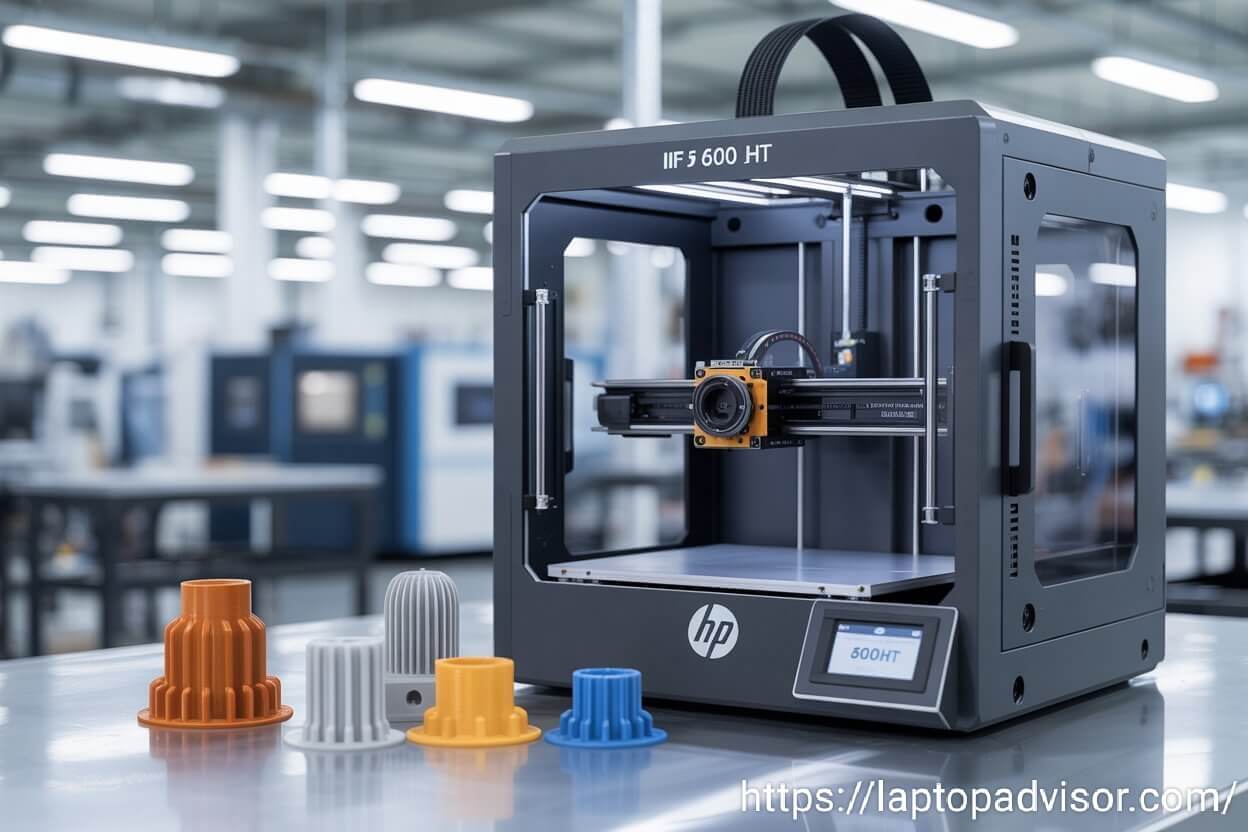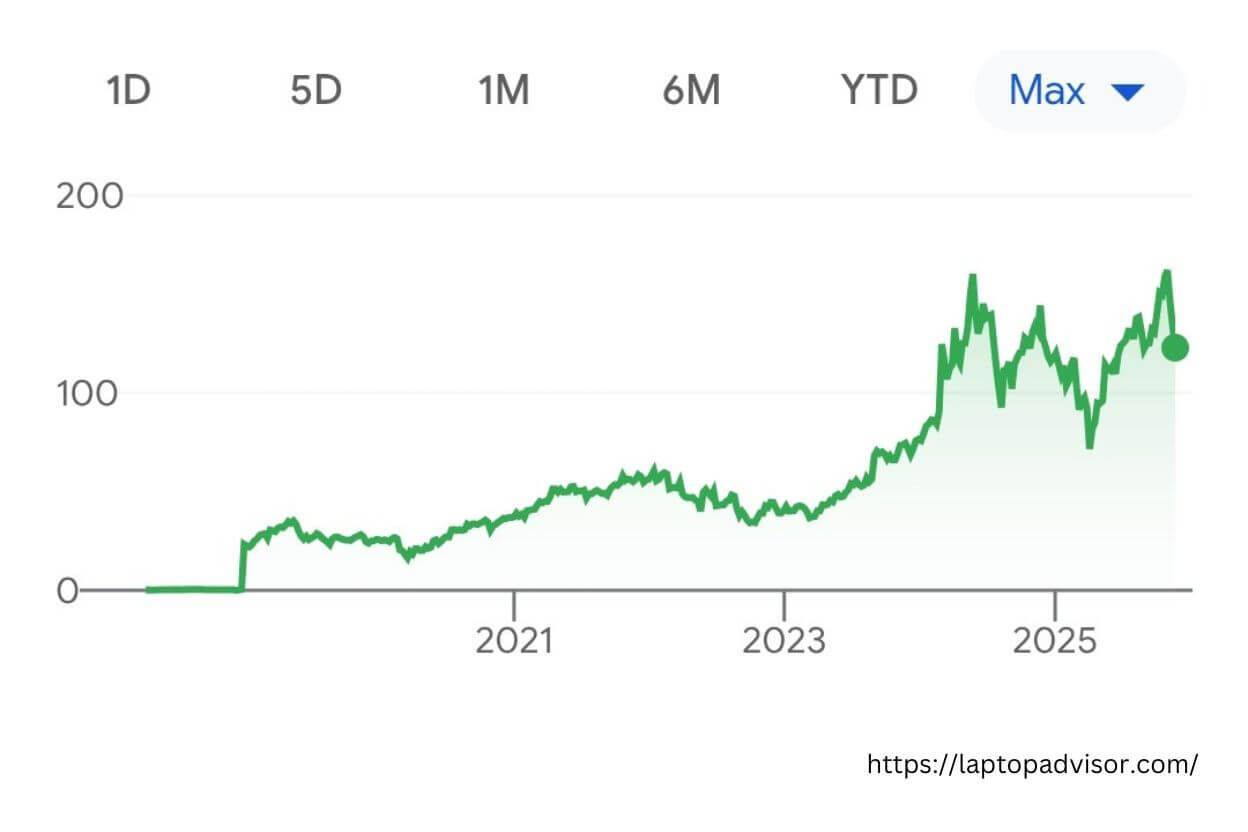In a landmark move, HP has unveiled its first industrial filament 3D printer, signaling the company’s expansion beyond its existing powder-based printing technologies. The new system, called the HP Additive Manufacturing Solutions (HP AM) Industrial Filament 3D Printer 600 High Temperature (HP IF 600HT), was revealed at Formnext 2025 and marks HP’s entry into high-performance, filament-based additive manufacturing for industrial applications.
New Platform Targets High-Temperature Polymers & Industrial Use
Unlike HP’s well-known Multi Jet Fusion (MJF) technology, which uses powder, the new IF 600HT platform works with filament. It is specifically engineered to handle high-temperature and engineered polymer materials—opening opportunities for industries requiring heat-resistant and mechanically robust parts.
HP has described the platform as modular, with swappable extruders tailored for varying temperature capabilities.
Applications & Market Strategy
HP is positioning the IF 600HT to serve sectors such as aerospace, energy, automotive, medical, and rail—areas where materials with high thermal and mechanical performance are key.
By introducing this filament-based system, HP aims to complement its existing MJF technology, expanding its additive manufacturing solutions to include both powder- and filament-based methods and thus increasing its market reach.
Availability & Roadmap
The HP IF 600HT industrial filament printer is scheduled for release in the first half of 2026.
HP has also announced plans for a larger model, the HP IF 1000 XL, which is expected to arrive in the second half of 2026.
Ecosystem & Open Materials Strategy
The new filament platform will operate on an open materials strategy, allowing use of diverse engineered polymers. This openness gives manufacturers and developers flexibility in material selection and development.
Beyond hardware, HP is expanding its services and partnerships. For example, collaborations and material innovations are part of its broader push to accelerate adoption of additive manufacturing globally.
Significance & Industry Impact
This launch represents a strategic shift for HP into filament-based printing for industrial use—an area where it previously focused on powder-based technologies. By addressing high-temperature polymer needs and offering a modular, scalable printer solution, HP is betting on market demand for versatile, production-grade 3D printing systems.
Analysts and industry watchers view this as a move that could reshape competitive dynamics in the additive manufacturing space, enabling new use cases for manufacturers previously limited by existing material or technology constraints.






